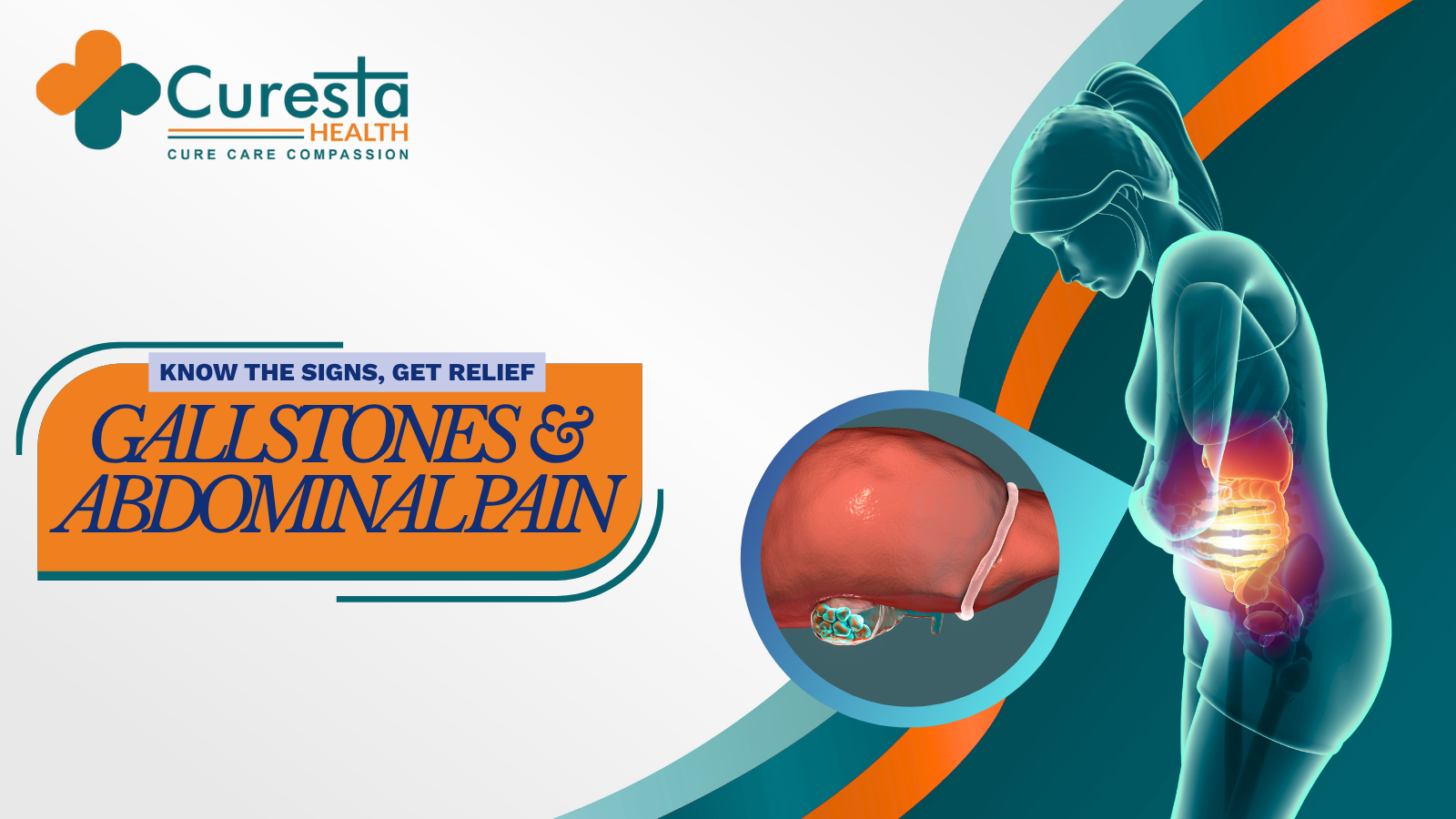



Gallstones are small, hard deposits that form in the gallbladder and can cause severe abdominal pain and discomfort. If left untreated, they can lead to serious complications, including a ruptured appendix or peritonitis. Early diagnosis and treatment of gallstones are crucial to avoid such issues.
In this blog, we’ll explore the symptoms of gallstones, the causes, and how you can manage and relieve the pain.
The appendix is a small, tube-shaped pouch attached to the end of the large intestine. When inflamed, it can cause significant abdominal pain and other symptoms. Although the appendix does not perform a vital function, inflammation can quickly escalate into a serious medical emergency if left untreated.
Early detection is crucial because a ruptured appendix can lead to peritonitis (infection of the abdominal lining) and sepsis, both of which are life-threatening. Recognising the signs of appendicitis ensures timely medical care.
Appendicitis typically occurs due to an obstruction in the appendix, which may happen because of:
These factors can trigger bacterial growth, inflammation, and eventual infection.
Appendicitis can present differently in each person. Still, some key symptoms include abdominal pain that often starts around the belly button and gradually moves to the lower right abdomen (McBurney’s point). The pain is usually persistent and worsens with movement.
Many individuals also experience nausea, vomiting, and loss of appetite, which accompany the digestive upset caused by the inflamed appendix. A mild fever often develops as the body reacts to the infection.
Some people notice changes in bowel movements, including constipation or diarrhoea, which can sometimes make it challenging to distinguish appendicitis from other gastrointestinal problems. Tenderness in the lower right abdomen is a critical sign that doctors check during a physical examination.
Less common symptoms can include pain radiating to the back or groin, as well as pain that worsens with movement, which indicates irritation of the inflamed appendix.
Appendicitis can escalate quickly. You should seek help if you experience:
Delay in treatment can lead to perforation, peritonitis, and life-threatening sepsis.
Doctors rely on a combination of physical examination, imaging, and blood tests to confirm appendicitis:
Treatment depends on severity:
Antibiotics and Observation
Appendectomy
Surgical removal of the appendix is the most effective treatment:
Post-Surgery Recovery:
Antibiotics Alone
While appendicitis cannot be guaranteed to prevent, some steps may help:
Prompt recognition and treatment are the most essential preventive measures.
Recognising the early symptoms of appendix inflammation is crucial for preventing life-threatening complications. Symptoms such as abdominal pain, nausea, fever, and digestive issues should not be ignored. Timely medical intervention can significantly improve your recovery and reduce the risk of rupture or infection, ensuring that you receive the necessary treatment before the condition worsens.
Experiencing symptoms of appendicitis or severe abdominal pain? Don’t wait for the pain to get worse, consult our expert team at Curesta Health, Ranchi. Early detection and prompt medical intervention can prevent serious complications, potentially saving your life. Our specialists provide timely evaluations, accurate diagnoses, and effective treatments for your peace of mind and recovery. Book your consultation now!